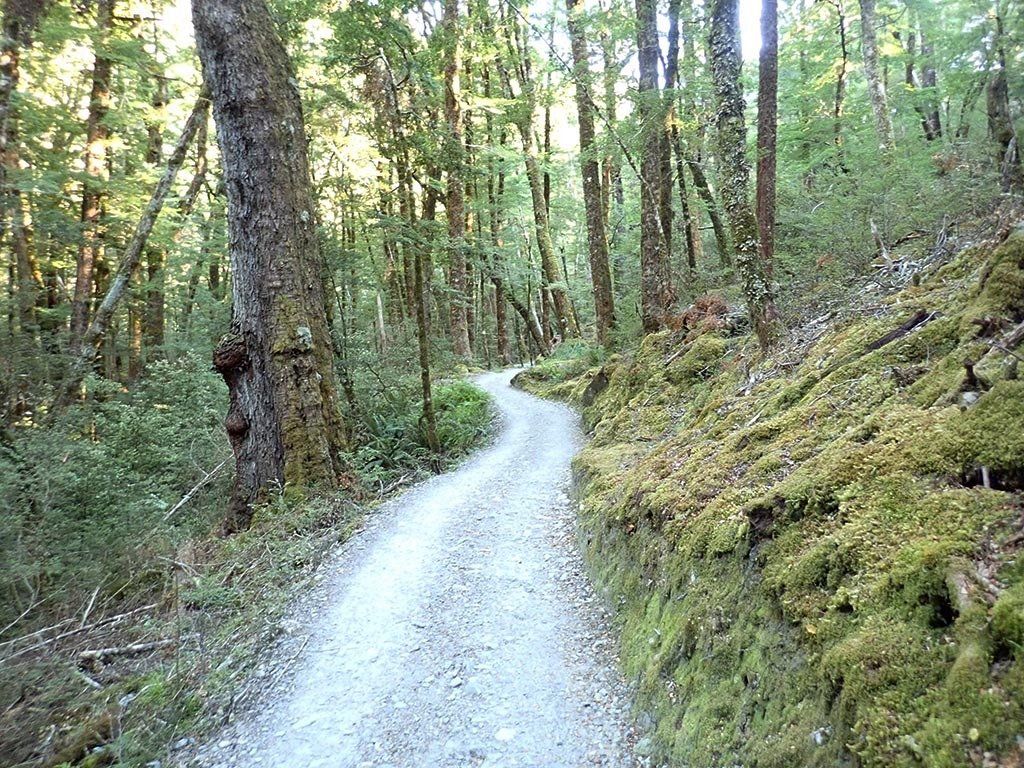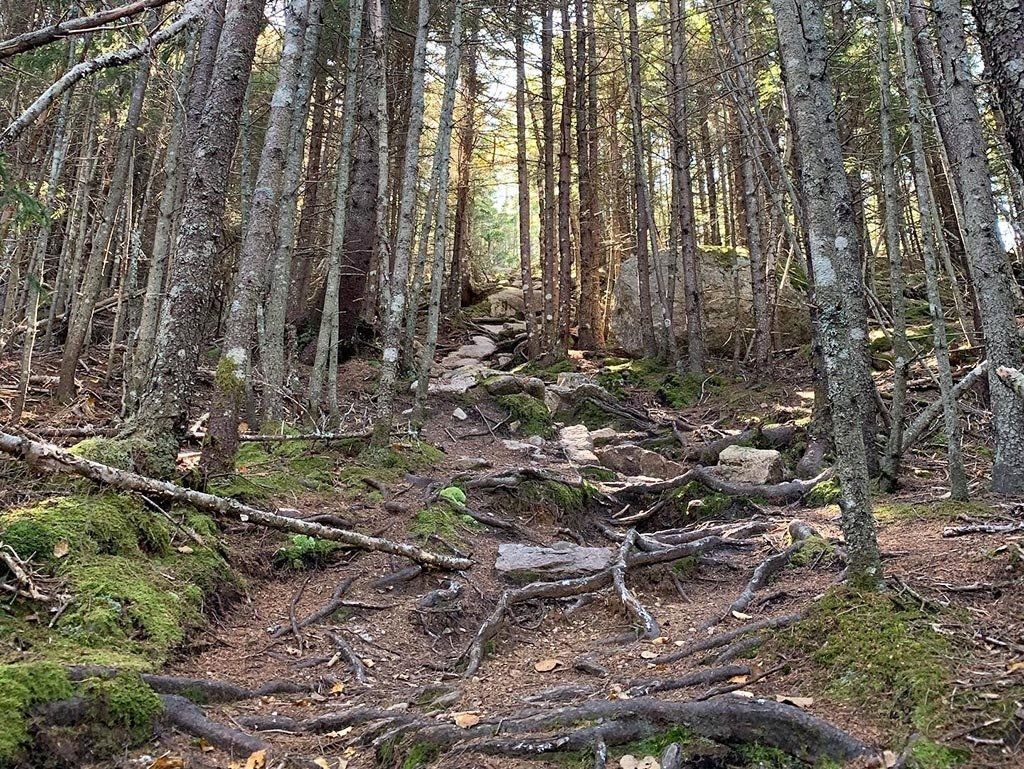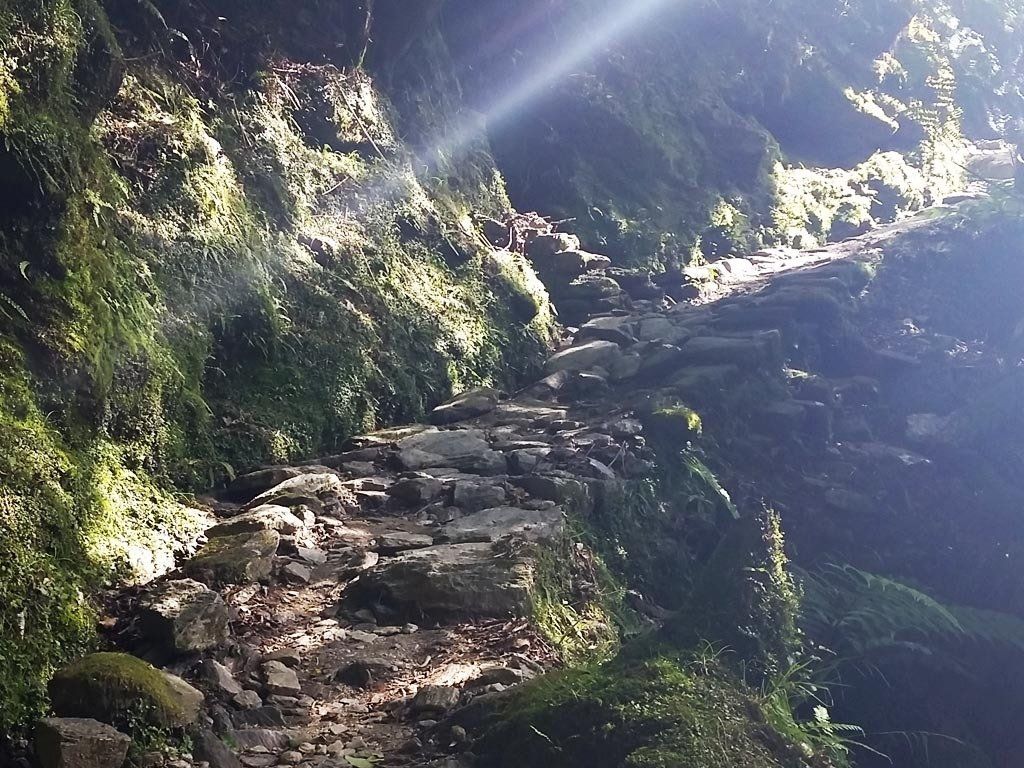Walking & Hiking
technical Difficulty Ratings
This technical difficulty scale assumes that all participants have the physical fitness required for an active walking or hiking tour (see also Tour Fitness Scale), and recognizes that even with that fitness, specific walks or hikes have varying degrees of technical difficulty. These ratings can be applied to individual hikes, but when applied to a an active tour, the rating represents the most difficult element that must be completed while on the trip. While for some days of a tour there will be easy and more difficult options, on other days, there may not be an easier option.
H1 – Easy
Walking or Running Shoes
H1 walks or hikes require good balance and sufficient stamina for travelling several kilometres at a moderate pace. Although the ground will be mostly level, some hills and stairs may be encountered along the paved pathways, sidewalks, or gravel or dirt trails.
H2 – Moderate
Hiking SHOES or BOOTS
H2 hikes are likely to follow gravel or dirt trails with some significant hills and a few steep sections. There may be some sections with wooden pathways or stairs, and these wooden pathways can be slippery. The trails may have some rooty, rocky, wet or muddy sections. Thus, balance and dexterity are important for navigating through or climbing over obstacles.
H3 – Difficult
Hiking Boots, Possibly Poles
H3 hikes are usually on trails that accommodate hikers in a single file. Surfaces may be slippery with uneven, steep, awkward, and irregular steps. As a result, genuine hiking boots are recommended, and hiking poles might be helpful to navigate the more difficult sections. Hikers are likely to get dirty or sweaty, so technical hiking clothing (quick-dry, breathable fabric) is preferable to regular casual clothing.
H4 – More Difficult
HIKING BOOTS, GLOVES, POLES
H4 hikes are for advanced, experienced hikers, and tend to be longer, moving at a faster pace. In addition to challenging steep, awkward, irregular terrain, in a few places, scrambling may be required (use of hands) or there may be some steep sections with very loose rock (scree). Some trails may have climbing aids such as ropes or chains in place to get up and down steep slopes and over challenging terrain. Thus, participants will need good hiking boots, and most will want poles and hiking gloves.





